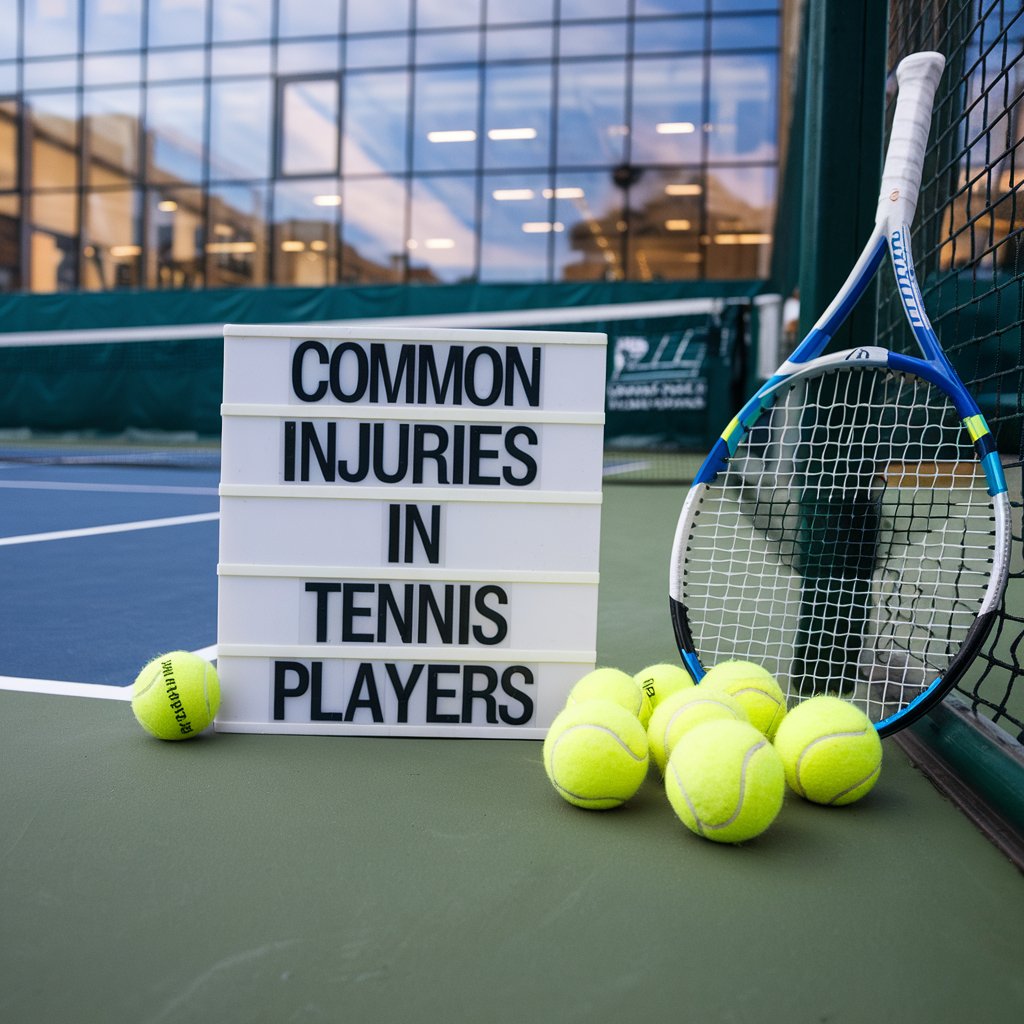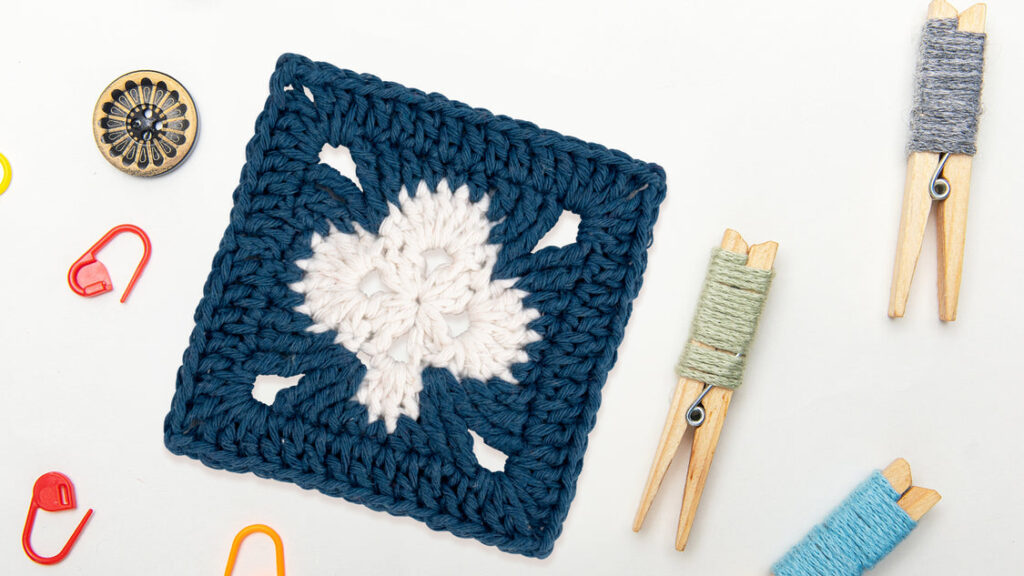Tennis is a highly demanding sport that requires a combination of agility, power, and endurance. Players are constantly moving, twisting, and striking the ball, which places considerable stress on various parts of the body. Because of the repetitive motions and high-intensity nature of the sport, tennis players are prone to a range of injuries. Understanding these common injuries can help athletes to prevent them and stay on the court longer.
Tennis Elbow
Perhaps the most well-known tennis injury is tennis elbow, a condition that’s caused by the overuse of the forearm muscles and tendons that extend the wrist. This injury occurs when repeated stress causes tiny tears in the tendons that attach to the lateral epicondyle (the outside part of the elbow). Players often experience pain and tenderness on the outer part of their elbow, which may worsen with gripping activities, such as holding a racket.
Prevention involves strengthening the forearm muscles and improving technique, especially the backhand stroke, which often contributes to this condition. Rest, anti-inflammatory treatments, and physical therapy can help to manage symptoms when tennis elbow occurs. You can buy an elbow support for tennis players from Bearhug to help prevent injury and relieve symptoms of tennis elbow.
Rotator Cuff Injuries
The shoulder is another common site for injury in tennis players. Repetitive overhead motions, such as serving and smashing, can place huge strain on the rotator cuff, a group of four muscles that stabilize the shoulder joint. Overuse can lead to inflammation, tendonitis, or even tears in the rotator cuff.
Players may experience shoulder pain, weakness, and limited range of motion. To prevent rotator cuff injuries, tennis players should focus on shoulder strength and flexibility exercises, as well as proper serving mechanics. When injuries do occur, rest, physical therapy, and treatments like PRP for rotator cuff tear can be considered, and sometimes surgery is necessary.
Wrist Sprains and Tendonitis
Tennis involves a lot of wrist action, especially during shots like the forehand or slice. Overuse of the wrist can lead to wrist tendonitis, an inflammation of the tendons that move the wrist. Wrist sprains are also common due to sudden twisting or overextension, especially when hitting off-balance shots or reacting quickly to volleys.
Players often feel pain, swelling, or stiffness in the wrist. Prevention includes strengthening the wrist muscles and maintaining proper technique to avoid excessive strain. Treatment typically involves rest, ice, and anti-inflammatory medications.
Knee Injuries
Tennis puts lots of stress on the knees due to the constant lateral movements, quick pivots, and abrupt stops. Patellar tendonitis (jumper’s knee) is a common condition, where the tendon that connects the kneecap to the shinbone becomes irritated and inflamed. Players may also experience meniscus tears or ACL injuries, especially during sudden directional changes or awkward landings.
To prevent knee injuries, players should incorporate exercises that strengthen the quadriceps, hamstrings, and calf muscles. Proper footwear, with good shock absorption, can also help to reduce the impact on the knees.
Ankle Sprains
Quick direction changes in tennis put players at high risk for ankle sprains. An ankle sprain happens when the ligaments that support the ankle are stretched or torn due to a sudden twist or roll of the foot. Players will usually experience pain, swelling, and bruising, and may have trouble putting weight on the affected foot.
Strengthening the muscles around the ankle and using supportive footwear or ankle braces can help prevent sprains. If an ankle sprain occurs, the RICE method (rest, ice, compression, and elevation) is typically used to reduce swelling and promote healing.
Back Injuries
The twisting and bending motions in tennis, combined with repetitive serves and strokes, can lead to lower back pain. Players often experience muscle strains or even herniated discs, particularly if they have poor posture or technique.
Preventing back injuries involves core strengthening exercises and ensuring proper warm-up and stretching routines before play. Addressing any mechanical issues with strokes and improving flexibility can also help to reduce the risk of back injuries.






